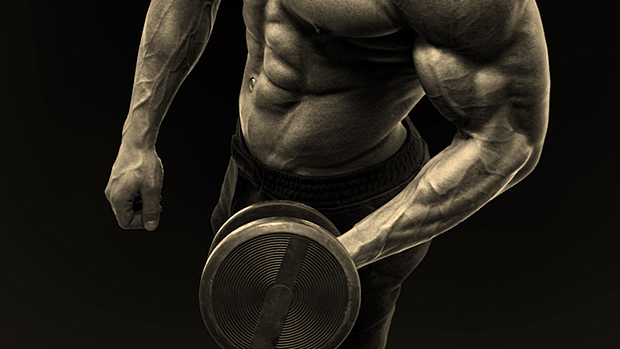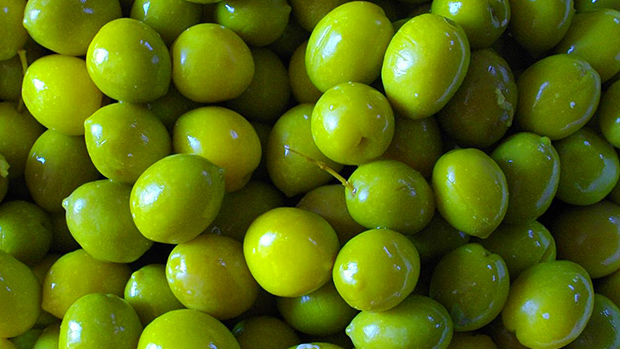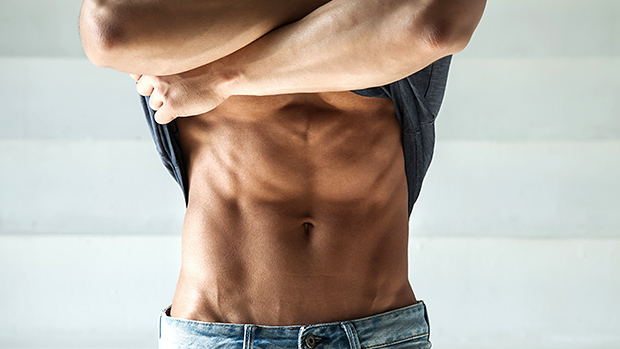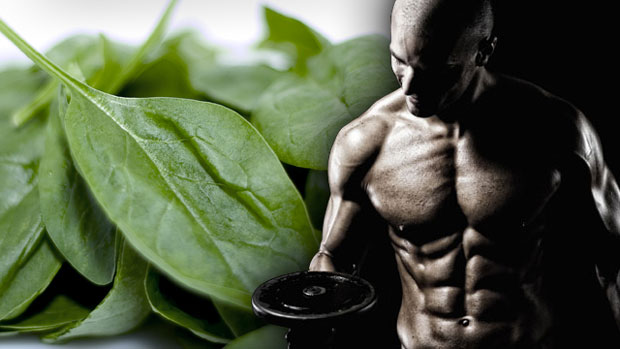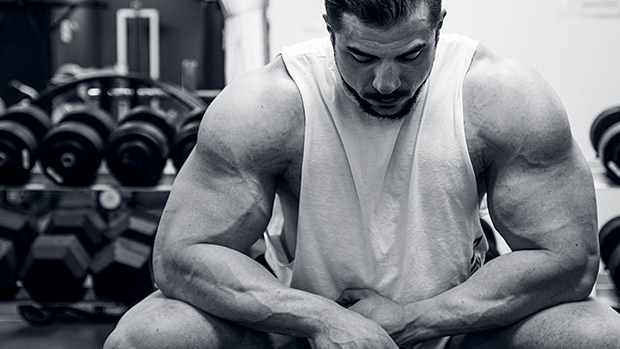Anyone can lose weight. You just need to eat less and burn a ton of calories. But losing weight while building muscle is hard. At the very least, you want your dieting phase to preserve all your hard-earned muscle. Here are my top tips on how to keep or even build muscle while dieting.
While the common advice for fat-loss training is to cut your rest periods in half, it just puts you at a greater risk of muscle loss. True, the technique might work when you're over 20% body fat and completely out of shape, but not when you're lean.
Instead, increase rest periods to allow you to keep using heavy weights. For instance, you might want to wait as long as two or three minutes between heavy sets of squats, deadlifts, and bench presses.
Remember, your diet and cardio will take care of your fat loss. Your number one priority in the gym is to do everything you can to hold on to your strength and muscle mass.
Instead of the traditional pyramid-style training where you gradually taper the reps down while increasing loads, do the opposite when dieting.
Warm up with low reps and then – while in a fresh state – hit your top set of 6-8 reps before pyramiding the weight down as necessary to stay in the same rep range. Having this singular focus on one top set allows you to keep intensity high and gives you the best possible chance of maintaining strength.
It's tempting to drop your weights and take it easy because you're "listening to your body." I'm all for paying attention to what your body is telling you, but when you're entering that gritty end period of a diet, your body is sometimes going to lie to you.
You need to keep the goal at the forefront of your mind. When you're at the gym, you need to stop feeling sorry for yourself, shift your mindset, and begin to attack the weights with intensity. It's just one hour in the day, but no other hour will have the same influence on how much muscle you can hold on to, or build, as this one.

Objectivity is critical when it comes to those final stages of a diet. Nothing else will tell you the truth like a logbook. If you're not tracking your key lifts during your diet, you're putting yourself at risk of muscle loss.
The first thing to look at is your numbers from the previous week. This may fill you with dread and anxiety, but you need to look at this as a positive experience, regardless of what you see. The words on the paper are telling you what you need to do to keep your muscle.
If you've got a 16-week diet ahead of you, the first 10-12 weeks should be all about getting continually stronger. In the final 4-6 weeks, though, you'll inevitably begin to find your progress coming to a halt, and in some cases (usually pressing exercises), the numbers may even drop.
However, two shifts in mindset can make all the difference:
- Accept maintenance. If you realize that strength gains during the last phase of the diet will be hard to come by, you'll stop forcing additional reps that could put you at risk of injury. At some point when you're really grinding, maintaining your weights should be seen as a win.
- Focus on relative strength. This can be motivating when you see some lifts regress slightly. Instead of comparing your personal bests to when you were your heaviest, or even from a few weeks ago, start thinking in terms of relative strength. For instance, you may find that you can pump out a lot more pull-ups now that you're on the road to leanness.
Using a mix of supplements can help maximize your training sessions during a dieting phase. Caffeine is the most obvious choice here and taking 200-600 mg. before a workout will provide both a mental and physical performance boost.
A more advanced option is to use Plazma™, a blend of fast-acting di- and tripeptides that drive nutrients into muscle cells to provide a super pump that makes the muscles more responsive to the uptake of nutrients.
The pump also works as a mental trick. When you suddenly get bigger pumps in the gym, you feel ten times better about your training, and you'll typically ramp up the intensity.

